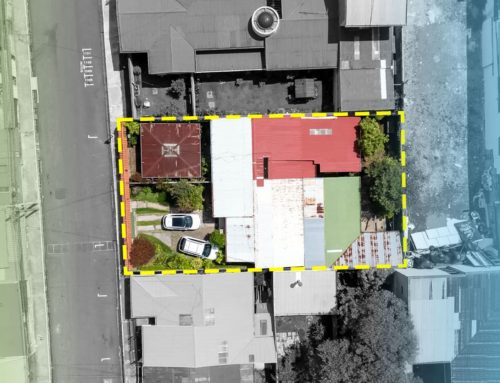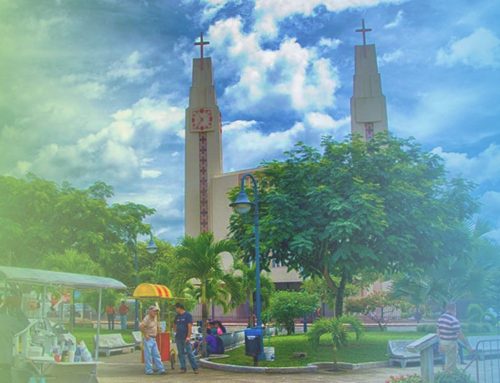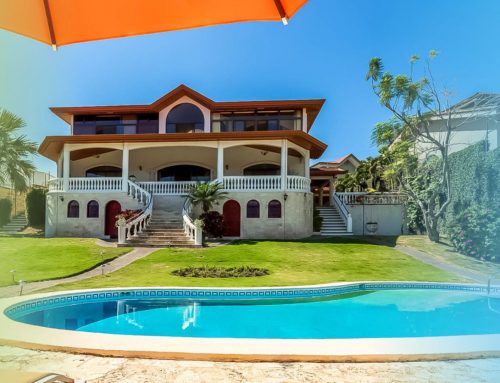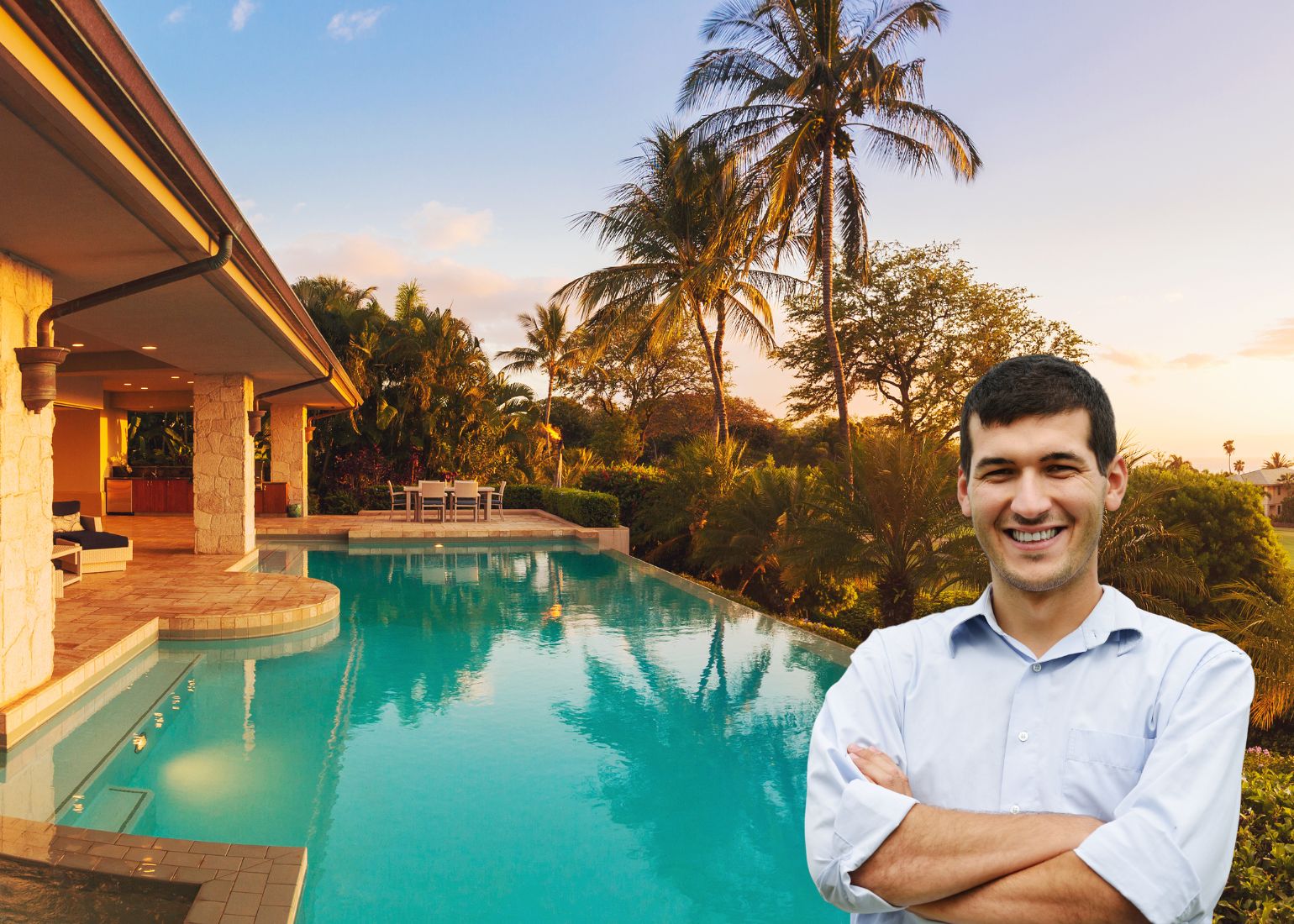Whether as a buyer or seller, the issue of water sources in a property is always an important aspect to discuss between both parties in a real estate transaction. In Costa Rica we have the great advantage that thanks to our vast environmental protection laws, we have been able to keep our water sources clean, in addition that we do not struggle with water shortages on a frequent basis. For our tourists and locals it is a great benefit since Costa Rica is classified within the countries that the water in the tube is drinkable, something that only we and Chile have the luxury of saying on a continental level. This is why the value of Costa Rica’s water is very high, even bottled and exported, and its quality is the best in Latin America.
The topic of water sources carries a lot of information that varies according to the circumstances in which the water source is located and the conditions of use, the breakdown of the following goes like this:
Surface Water
It is extremely important that if there are any of the following water presentations on your property, you report it to SENARA and get registered. You should also take into account that you must adhere to the protection measures of each of them.
Water is a precious element of nature, which can be in short supply at times. That is why we must take care of the sources from which it can be provided by following these protection rules. In addition to the fact that in Costa Rica we pride ourselves on being a green country that rigorously protects the environment, so we invite you to be part of this culture by following the laws established for the protection of water and the environment.
Impact on Real Estate
Having a source, a river or a lake within a property does not have any negative connotations. On the contrary: you have access to a natural resource! The reality of the processes to have a concession on this resource can be (as many processes here) somewhat extended, this does not detract from the value of the source that can be a source on your property. Whether you want to use it for your own consumption, crop irrigation, or packing and selling, the water source is always a source of life.
From the point of view of a transaction having a spring, river, or lake within the property; it can be a deciding factor in the sale of this. Either as a buyer or as a seller. The influence this has is on the purpose of the terrain. For example, if a property has a fixed spring then it has a radius of 100m of protection around it, in this territory no type of real estate construction can be built or developed. This applies in case you intend to buy or sell the property for commercial purposes, for example; make a condominium, an apartment tower, a mall, etc;
You will then find yourself with an impediment since a part of the property is protected land. That is why it is important to mention the presence of any of these source water presentations during the initial property transaction process.
In no way would this be a bad thing, you just have to give it a twist of purpose and seek the sale of the property in a sector more directed towards protection with the environment. This means that the common market for a property of this type is in ecotourism, tourism, agricultural or conservation farms, which can use the spring as a benefit on their property.
Water is life, and therefore it is a resource with great potential for those who have access to this good. The protection laws on these should not be taken as an impediment to the sale or purchase of a property, but it is important to see them as the valuable regulations that they are and that they seek to protect our resources and the environment of the eco-friendly country that we are building. It takes a bit of effort and mindset adjustment for the transaction process of such a property, but it can always be done!









